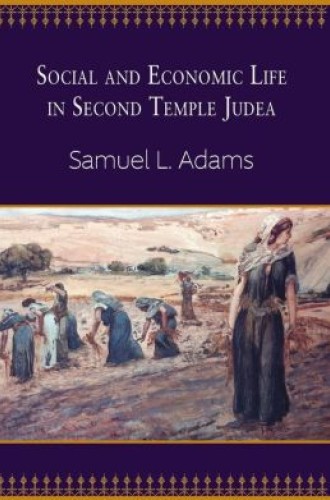Social and Economic Life in Second Temple Judea, by Samuel L. Adams
Samuel Adams of Union Seminary in Richmond has written a book that is important on two counts. First, he focuses on the historical period of the Second Temple, which stretches from the end of the Babylonian exile in 532 BCE to the destruction of the temple by the Romans in 70 CE. This period features the formation and emergence of Judaism and the beginnings of the Christian movement. Until recently, little was known about the period, and critical scholars paid little attention to it because they had a generally credulous confidence in the early preexilic materials with their buoyant theological affirmations. This shift in scholarship is well reflected by Adams, though many readers may be playing catch-up with the newer focus.
The second reason the book is important is that Adams persistently asks economic questions rather than focusing on theological-spiritual matters to the neglect of material considerations—or imagining that texts can be understood apart from context. Adams’s method is to follow the money. As he shows, neglecting economic matters probably means misunderstanding the text.
The subject that Adams pursues is not an easy one, because unlike theological statements in the text, economic matters are mostly hidden and must be pieced together by inference. A delight of the book is to watch Adams patiently connect the dots in fresh, suggestive, and credible ways.





